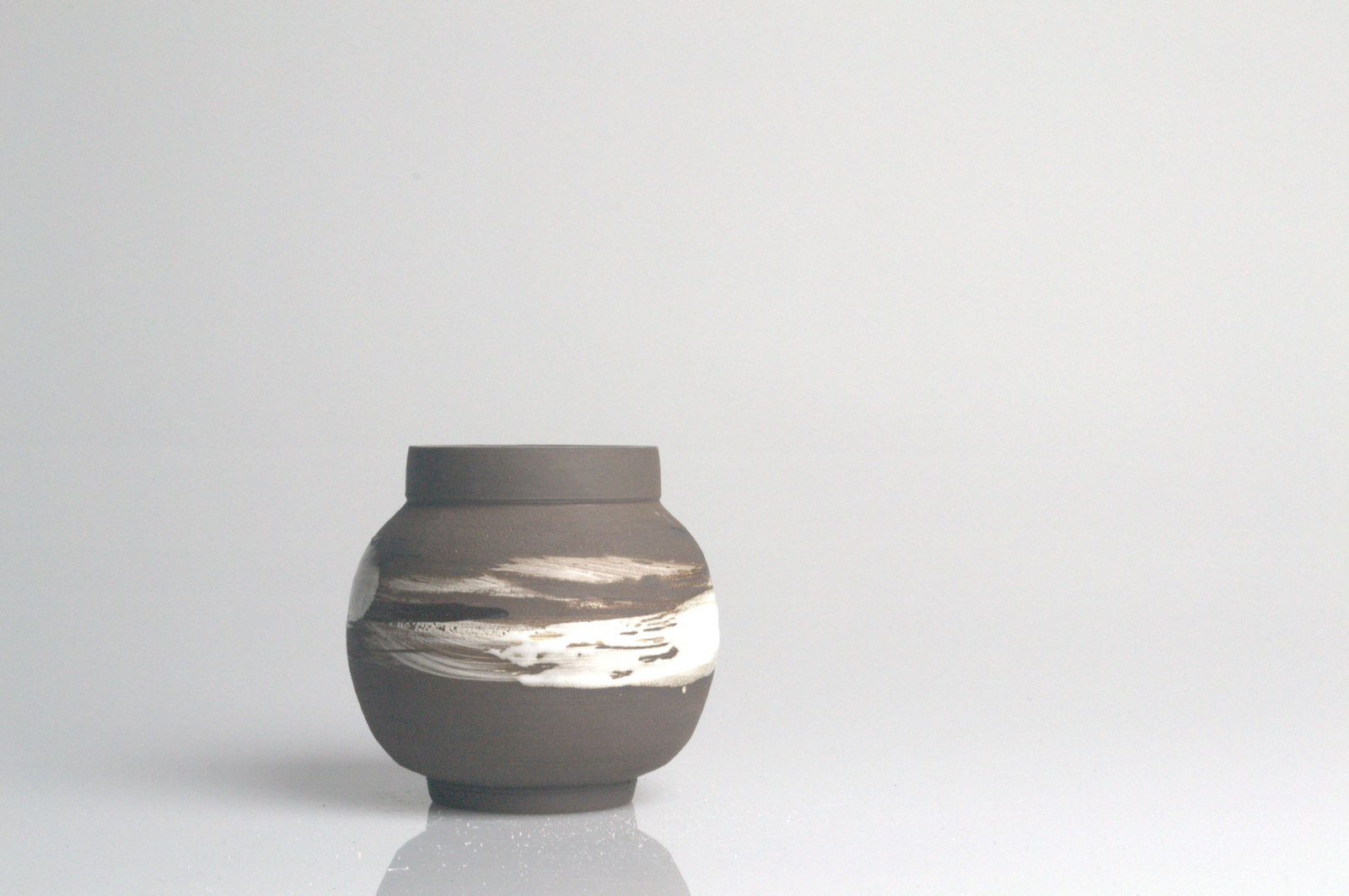The Swale in Kent is a muddy estuary where the landscape and geography has seemingly changed little for thousands of years. It feels like a primitive and desolate place. Dotted across the landscape and within the mud lies remains of an industrial ammunition factory with rotten groins and skeletal shipwrecks further personifying this landscape. These echoes of human destruction and manipulation create an intense feeling of solitude. Robert Smithson who is best known for his sculptures on land art reflects upon his own experience of places that have impacted his work “the best site for ‘earth art’ are sites that have been disrupted by industry, reckless urbanisation or nature’s own devastation” (Smithson, 1973: 117) In the Swale, the loneliness, somehow becomes emphasised as you sit amongst the scattered rubble which itself, has now gradually been swallowed back up by the earth.
I spent the day walking along the Swale taking photos of various textures and colours, characteristic of the Swale. The rough textures create a harsh and at times eerie landscape. I was particularly interested in the vivid moss that grew on the concrete stones and the black skeletal shipwrecks that were uncovered during low tide.
Above are close up photos of textures specifically from the hull of my dads boat. The boat is currently out of the water which offers a rare opportunity to gain inspiration from a usually hidden and part of the boat.
Using these photos as stimulus, I created a series of landscape studies. Combining the old oil paints, supplied by my dad from painting the boat and the swale mud I experimented with brush stroke and application. Rather than trying to replicate a landscape, these are more conceptual pieces. I applied the paint freely without over thinking where the paint was splashed or applied. I simply considered the feelings and memories evoked from memories of the Swale.
This has encouraged me to think about how I might want to represent hidden aesthetic and thinking about the concept of turning the world upside down so to speak- thinking about the hidden alternative world. Is there a way to present this through my ceramic pots, Perhaps, thinking about how to present this idea of turning the world upside down through installation.
The idea of warping reality combined with child imagination and the theory of the Sublime, fascinates me and is a concept that I would be interested in exploring further. It is this autobiographical reference and narrative, inspired by her childhood experience of nature through regular visits to the Swale that I wish to represent in my work. This foreboding landscape became more fantastical, heightened I believe by the perceptive imagination of the child, trying to make sense of the world in this seemingly hostile place. Shapes along the landscape employed Pareidolia, abstract quality and the human formed bollards and groins seem to anthropomorphize into ‘mythical like’ creatures.
Scraps of copper and steel found at the Ship Yard along the Swale. I spoke to the metal worker who had seemingly discarded these pieces. He told me that he’s planning on melting these scraps back down to use for later work. Spoke about stopping by later in the year to purchase a few pieces of the scrap metal to see about using in my work.
Landscape Studies of the Swale
Oil Paintings inspired by hidden textures along the Swale
It is not only the painting themselves that have sparked my imagination and encouraged me to play with different textures and glazes in my work but it is also the approach I took to achieve this. Using freehand expression was liberating and produce more organic stokes replicating the unpredictability and power of nature. This is an approach that I am going to experiment with a little further- playing with the application of clay and glaze to the vessel form.


























